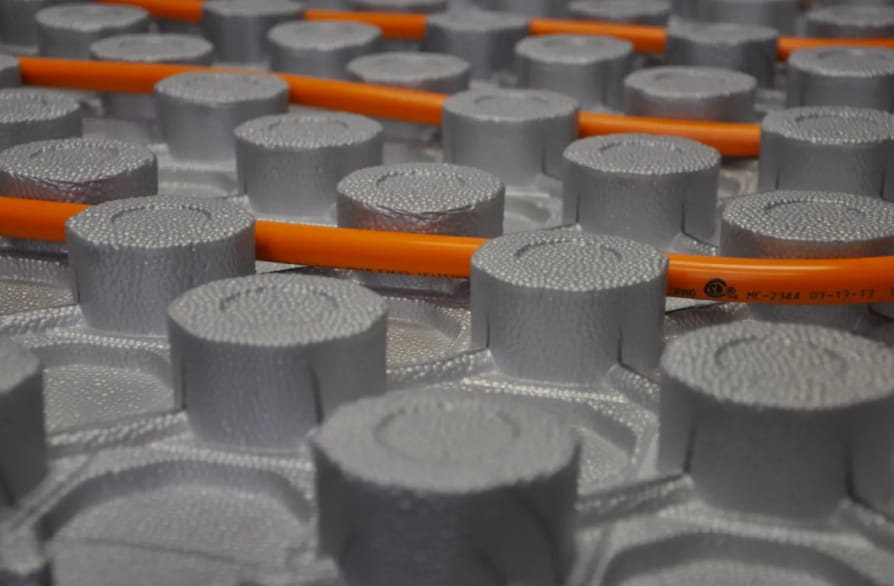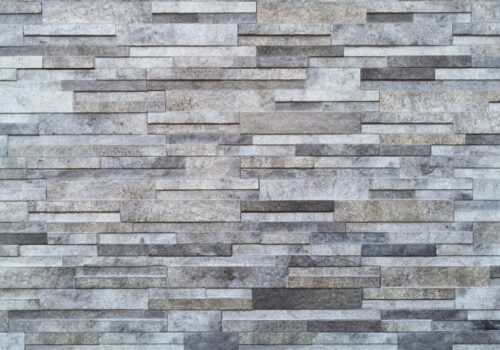Common Types of Hydronic Heating Insulation Materials and Their Benefits
Hydronic heating systems are becoming increasingly popular in both residential and commercial settings, thanks to their efficiency and cost-effectiveness. However, to ensure the optimal performance of these systems, proper insulation is necessary. Hydronic heating insulation helps retain heat in the system, thereby reducing energy loss and ensuring that heat is distributed evenly throughout the building.
There are several types of hydronic heating insulation materials available, each with its unique benefits. In this article, we will explore some of the most common types of hydronic heating insulation materials and their benefits.
Fibreglass Insulation:
Fibreglass insulation is one of the most widely used insulation materials in the hydronic heating industry. It is made of tiny glass fibres that are woven together to create a mat-like material. Fibreglass insulation is popular because it is affordable, lightweight, and easy to install. It also has a good thermal resistance and can effectively prevent heat loss.
Mineral Wool Insulation:
Mineral wool insulation is made of natural minerals such as rock or slag. It is available in batts or rolls, and it has excellent thermal insulation properties. Mineral wool insulation is non-combustible, which makes it a safe choice for hydronic heating systems. It is also resistant to mould, moisture, and pests, which ensures longevity and reduces maintenance costs.
Spray Foam Insulation:
Spray foam insulation is a popular choice for hydronic heating systems because it provides superior insulation performance. It is applied as a liquid and then expands to fill any gaps and crevices, creating a continuous insulation layer.
Spray foam insulation has a high R-value, which means it can prevent heat loss effectively.

Reflective Insulation:
Reflective insulation is a type of insulation that uses reflective materials such as aluminium foil to reflect heat back into the system. This type of insulation is typically used in radiant floor heating systems. It is lightweight, easy to install, and has high reflectivity, which makes it a cost-effective solution for hydronic heating systems.
Graphite EPS Insulation:
Graphite EPS insulation is a type of insulation that incorporates graphite particles into EPS (expanded polystyrene) beads. The graphite particles reflect heat back into the system, reducing heat loss and increasing insulation performance.
Graphite EPS insulation has high compressive strength, which makes it ideal for use in hydronic heating systems that require load-bearing insulation.
Conclusion:
Proper insulation is essential for the optimal performance of hydronic heating systems. Regardless of the type of hydronic heating insulation material you choose, ensure that it is installed correctly to achieve the desired results.





